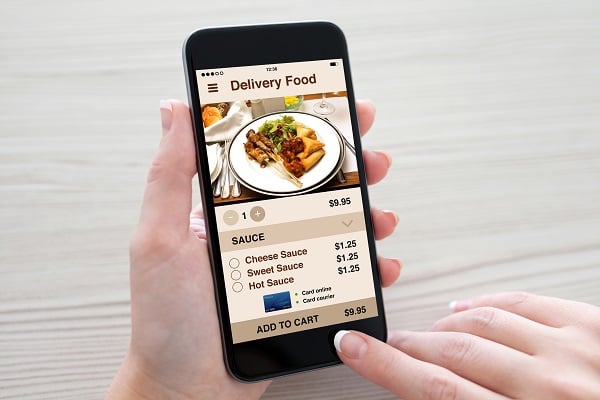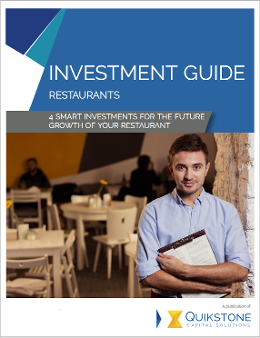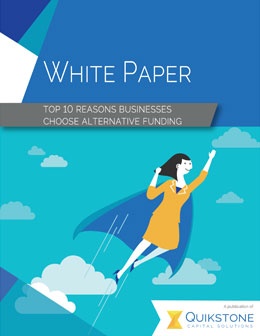 A recent survey of third-party delivery prices by personal finance site Self Financial found that a McDonald's meal costs nearly 100% more on average when delivered rather than ordered at the restaurant.
A recent survey of third-party delivery prices by personal finance site Self Financial found that a McDonald's meal costs nearly 100% more on average when delivered rather than ordered at the restaurant.
Self's research conducted a study that placed the same McDonald's order—a Quarter Pounder meal, a 10-piece Chicken McNuggets meal, a regular fry, and a regular Coke—in the 100 largest metro areas in the U.S.
According to Self, when ordered in the restaurant, that was a $20 order, on average. On delivery apps, after fees, taxes, and a 15% tip, it doubled: The Uber Eats total was $41.17. On DoorDash, it was $39.20; on Grubhub, it was $39.10.
The hefty price tag includes markups by the restaurants, which often charge more on delivery apps to help offset commissions charged by the delivery provider.
It's standard for a third-party delivery platform to take a percentage of every order they send your way. Uber Eats, for example, charges restaurants a commission of 15% to 30% on each delivery and 6% on pickup orders. This can be an intolerable cost for restaurants that operate on razor-thin margins.
It's also important to note that these third-party delivery apps often drive up the cost of an order for the guest. A New York Times article from 2020 outlined how what would have been a $13.21 order placed directly at a Subway restaurant cost $19.26 when placed through DoorDash and $25.25 through Uber Eats, a whopping 46%, and 91% markup, respectively.
More surprising than those numbers is that consumers, who are paying more for everything, appear to be OK with paying these high delivery costs.
"Delivery is going to be one of the last luxuries people stop," Shake Shack CEO Randy Garutti said. "I don't think people are canceling Netflix, and I don't think they will stop getting delivery."
By some measures, delivery demand is growing. McDonald's is coming off one of its best quarters for delivery sales ever. In the same period, DoorDash said total orders rose 27% year over year, and delivery revenue increased 30%. Uber Eats gross bookings were up 13%.
The demand could result from today's two-tiered economy, in which higher earners are less affected by inflation than people with lower incomes.
But it could also reflect a broader change in how consumers think about dining in a post-pandemic world.
Consider that the average price of the McDonald's delivery—$39.80—is about the same as a sit-down meal for two at Chili's. That will set you back $35.65, on average, after a 15% tip.
In one scenario, the delivery customer is paying a high price for convenience and the ability to eat in the comfort of their home.
Those dining at a restaurant pay for service, atmosphere, and a night out, and both could hold equal value depending on how they feel on a given evening.
Since 2005, Quikstone Capital has been a trusted funding partner for thousands of restaurants and retail shops. Quikstone has an A+ ranking with the Better Business Bureau, and 80% of our merchants are repeat customers.
If your business accepts credit cards, it could qualify for up to $250,000. Merchants can use these funds for most business needs, including online ordering, new technology, and location upgrades. Contact us today to see how much you could qualify for.
Download our guide for additional tips for growing your restaurant business!





